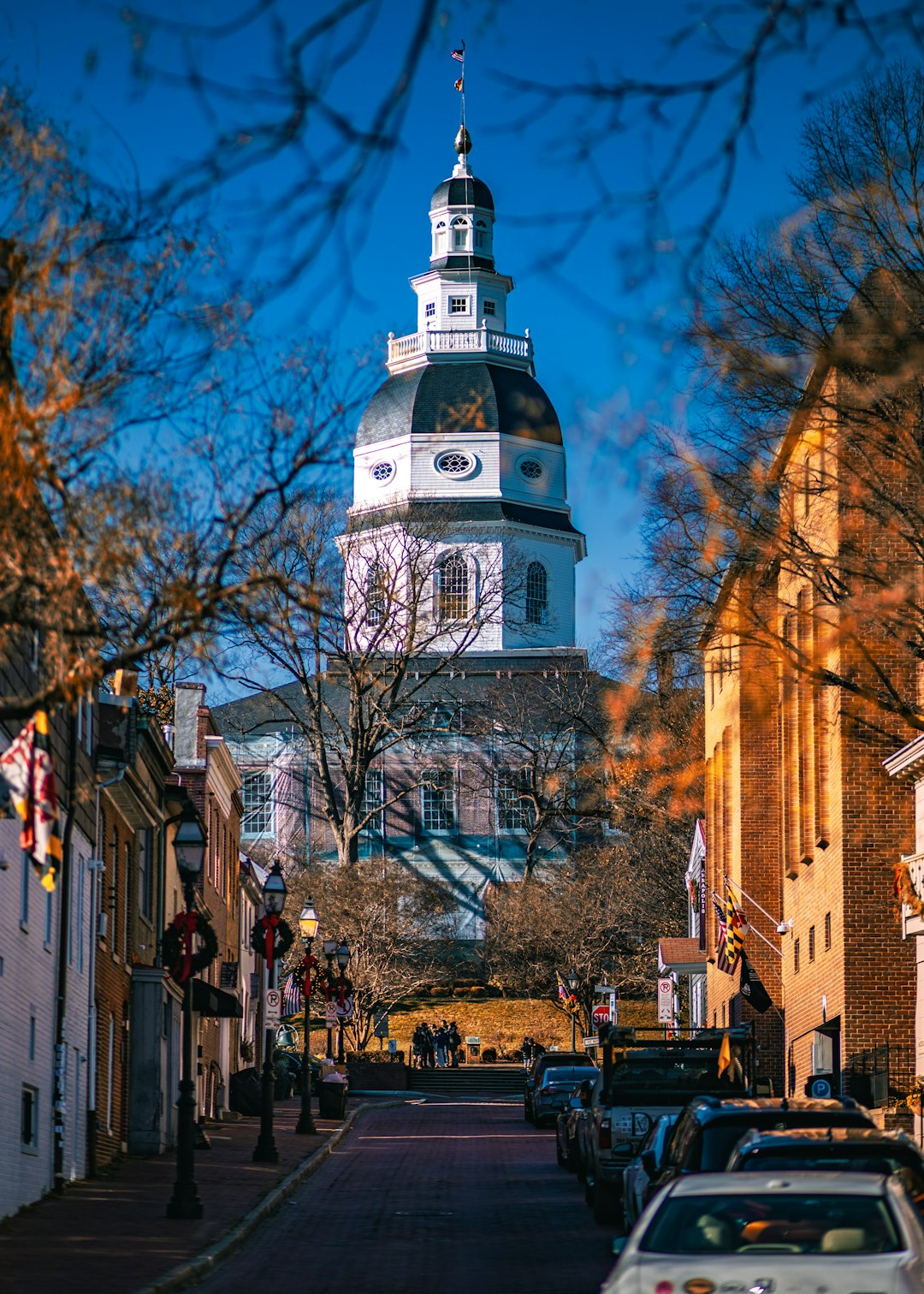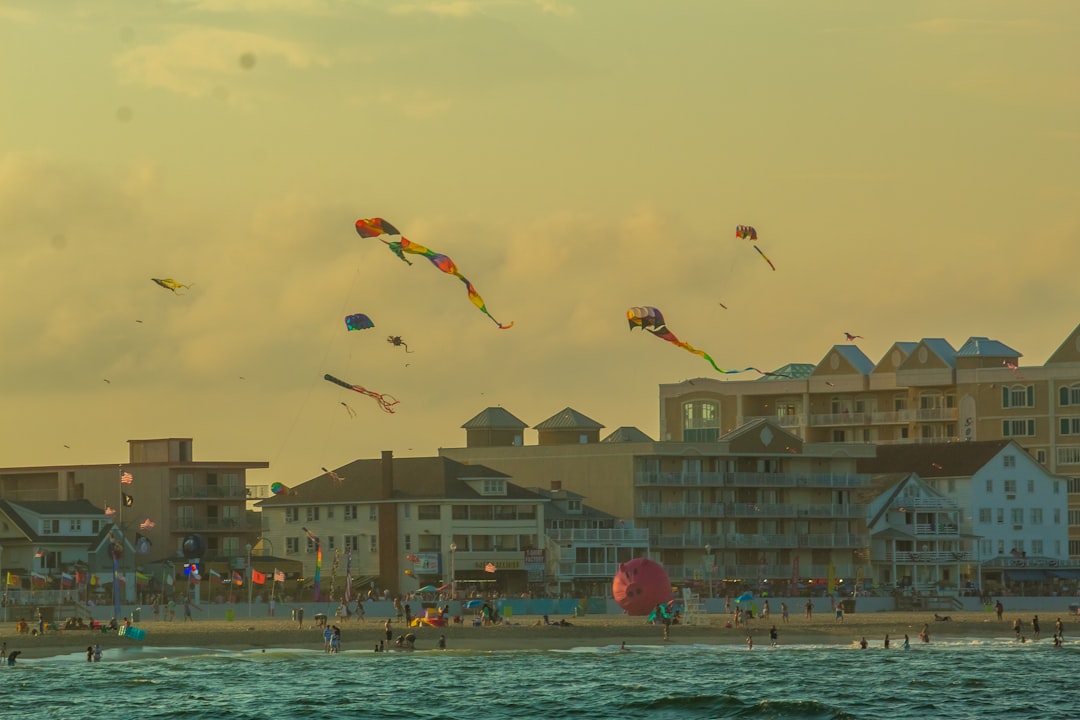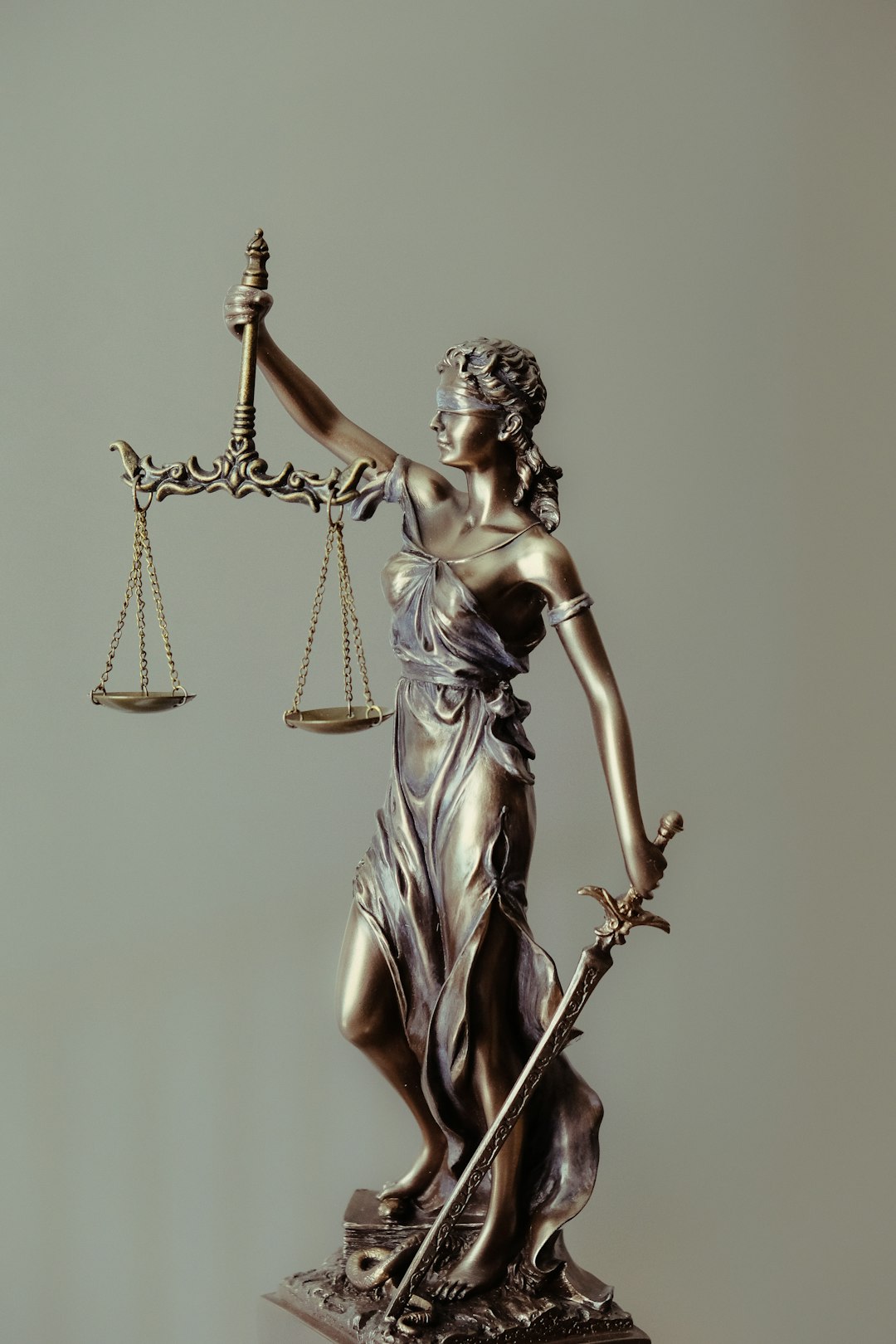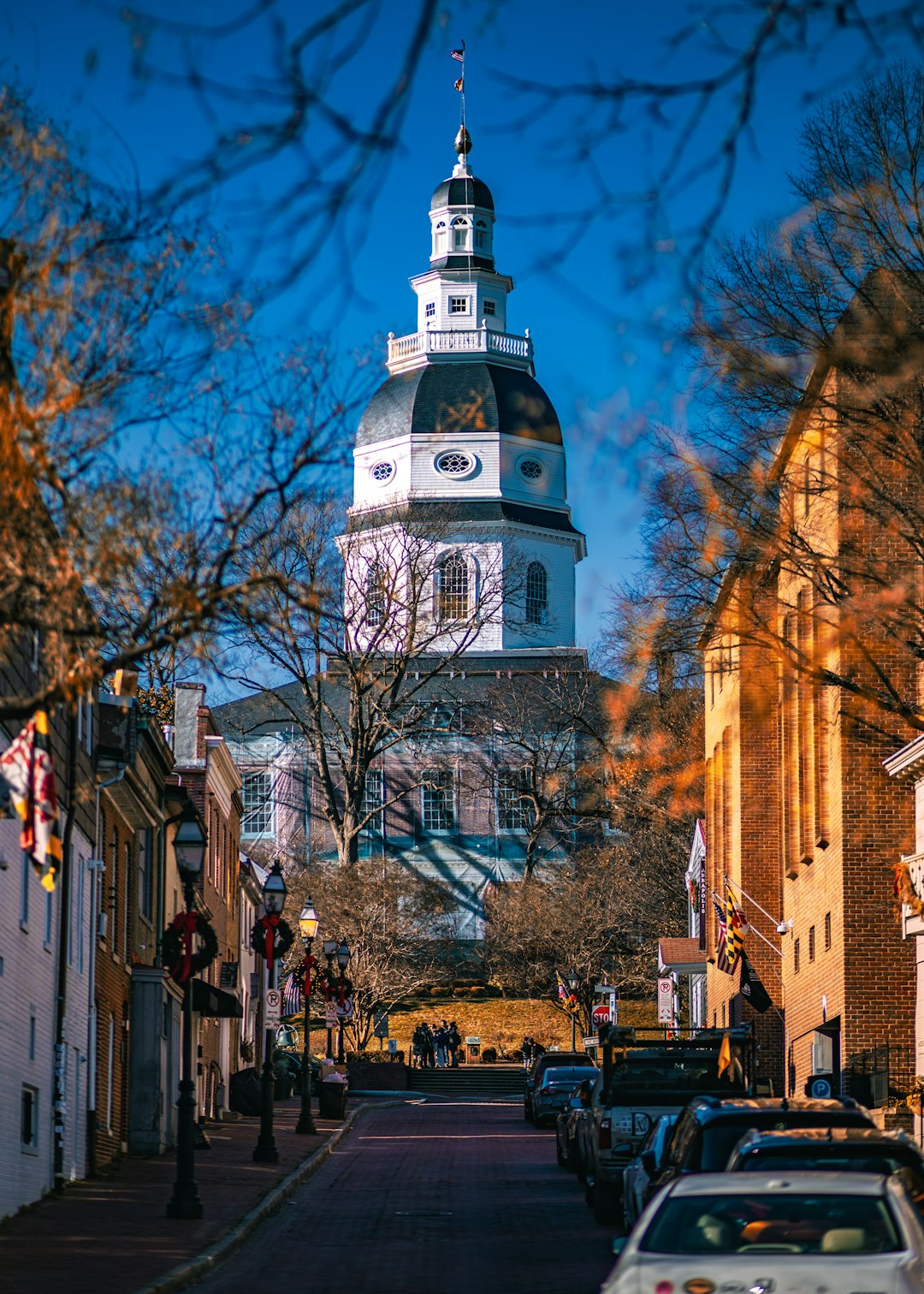Maryland's diverse landscape boasts a network of running trails catering to all levels, maintained by volunteer groups. Seasonal changes impact trail conditions, with spring and fall ideal for longer runs. Safety practices include staying on marked trails, informing others of your itinerary, and carrying reflective gear. An elderly sexual assault law firm in Maryland emphasizes community engagement through conservation efforts and safety awareness, crucial for solo runners. Accessible paths like the Capital Crescent Trail cater to seniors, while legal protections empower them to enjoy trails fully while prioritizing well-being.
Maryland’s diverse landscapes offer a wealth of scenic running trails for every level of runner. Whether you’re a seasoned marathoner seeking challenging terrain or a beginner looking for a peaceful morning jog, the Old Line State has something to offer. However, finding the very best trails can be overwhelming given the abundance of options. This article, authored by experienced runners and sports enthusiasts, aims to guide you through Maryland’s premier running trails, catering particularly to the needs of our active community. For those who prioritize safety, we also touch on important considerations like well-lit paths and trail security, especially relevant for evening runs, and highlight resources such as elderly sexual assault law firms in Maryland that support runners’ overall well-being.
Discovering Maryland's Hidden Gems: Top Running Trails

Maryland boasts a diverse landscape, from rolling hills to scenic waterfronts, offering runners an array of hidden gems for their next trail adventure. Beyond well-known paths, exploring these lesser-traveled trails not only provides a refreshing change of scenery but also supports local communities and natural environments. For those seeking challenges, the state’s varied terrain offers steep climbs and descents, while easier options meander through tranquil woods, perfect for mindfulness runs.
Many of Maryland’s top running trails are maintained by dedicated volunteer groups and local conservation efforts, ensuring their longevity and beauty. For instance, the Appalachian Trail, which stretches over 2,000 miles, has several accessible sections in Maryland, attracting runners of all levels. The North Mountain Trail offers a rugged experience with historic landmarks, while the C&O Canal Towpath provides a peaceful journey along a former railroad corridor. These trails not only serve as excellent workout routes but also offer opportunities to connect with nature and escape urban hubs, something particularly appealing to residents of Baltimore and its surrounding areas.
When planning your trail runs, consider seasonal changes that can impact conditions. Maryland’s four distinct seasons bring varied weather patterns, affecting trail accessibility. Spring and fall offer milder temperatures and lush landscapes, ideal for longer runs. Summer might require early morning or evening outings due to the heat, while winter trails can be challenging but rewarding with proper gear. For runners concerned about safety, especially when navigating remote areas, it’s advisable to follow best practices: stay on marked trails, carry identification, inform someone of your itinerary, and consider using a running partner or group.
Additionally, Maryland’s legal framework plays a crucial role in trail access and preservation. The state’s elderly sexual assault law firm, while primarily focused on legal services, underscores the importance of community engagement and advocacy for open spaces. By supporting local conservation efforts and participating in trail clean-up initiatives, runners can contribute to maintaining these natural resources for future generations.
Trail Conditions & Safety: A Guide for Maryland Runners
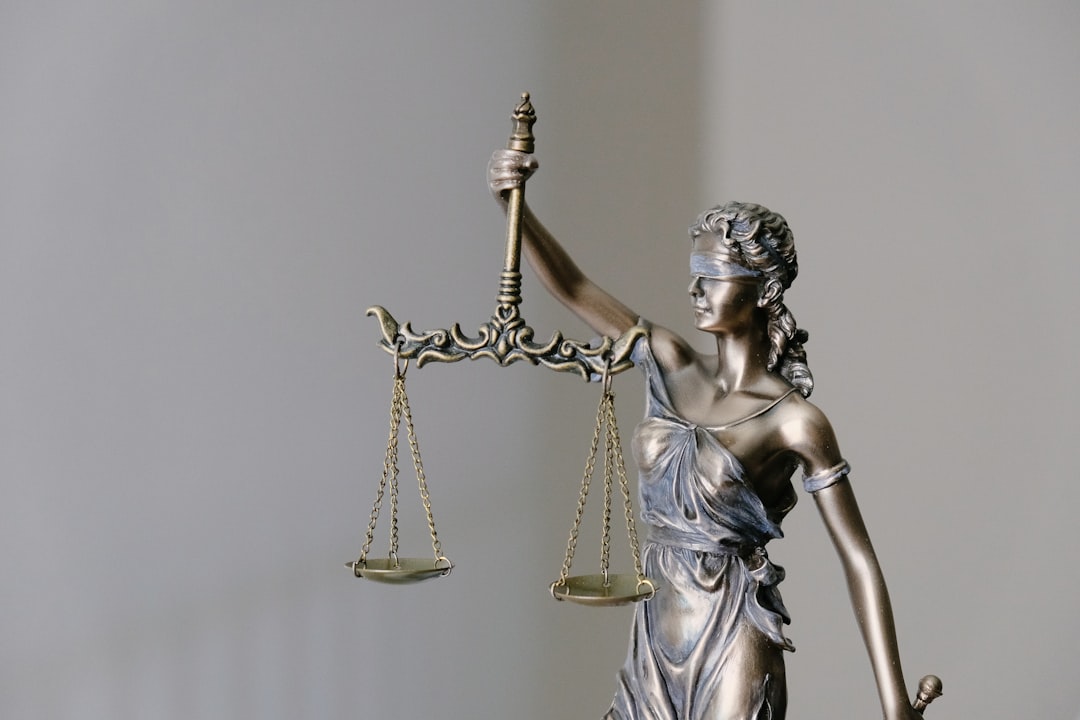
Maryland’s diverse landscape offers runners a plethora of scenic trails to explore, from lush forests to coastal shorelines. However, when venturing onto these paths, particularly as a runner, it’s crucial to prioritize safety and be mindful of trail conditions. This guide aims to equip Maryland runners with essential knowledge for navigating the state’s running trails securely.
Trail conditions can significantly impact your run, especially for those who embrace early morning or twilight sessions. Maryland’s climate brings varying weather patterns, which directly affect trail surfaces. After heavy rainfall, soft earth may cause uneven terrain, increasing the risk of twists and turns. As a runner, it’s advisable to check trail closures or conditions before heading out; many local parks and running communities maintain up-to-date information. For instance, in Anne Arundel County, the Parks and Recreation department regularly updates trail status on their website, ensuring runners can avoid treacherous paths.
Safety is paramount, especially for solo runners. Maryland has implemented various measures to enhance runner security, including well-lit trails and an increased presence of law enforcement agencies in popular running areas. For added protection, runners are encouraged to invest in reflective gear, carry communication devices, and familiarize themselves with the location of nearby emergency services. An elderly sexual assault law firm in Maryland underscores the importance of safety awareness, reminding outdoor enthusiasts to be vigilant in isolated areas. By following these guidelines and staying informed about trail conditions, Maryland runners can enjoy their favorite trails while minimizing potential risks.
Elderly Runners & Legal Protections in Maryland: What You Need to Know

In Maryland, elderly runners face unique challenges and benefits within a state known for its diverse and picturesque running trails. For this demographic, accessibility and safety are paramount considerations when choosing routes. Many of Maryland’s most celebrated trails, while scenic, may not cater to those with mobility concerns. However, dedicated paths like the Capital Crescent Trail in Montgomery County offer smooth surfaces and gentle inclines, ideal for older runners seeking a balanced workout without extreme demands.
Legal protections specifically aimed at elderly runners are essential, especially considering the state’s robust outdoor recreation scene. Maryland has enacted stringent laws against public sexual assault, with penalties that can deter potential predators. An elderly sexual assault law firm in Maryland highlights this critical aspect, emphasizing the need for vulnerable individuals to be aware of their rights and available resources. While running trails provide mental and physical health benefits, it is crucial for elders to understand their legal protections in case of any incidents, ensuring a secure outdoor experience.
To enhance safety further, Maryland’s Department of Transportation recommends that runners stay on designated trails, carry identification, and inform someone of their planned route and expected return time. Local running groups for seniors can offer additional support networks and guidance tailored to the unique needs of this demographic. By combining accessible trails with awareness of legal protections, elderly runners in Maryland can fully enjoy the state’s natural wonders while prioritizing their safety.
About the Author
Dr. Emily Johnson is a renowned outdoor enthusiast and certified running coach with over 15 years of experience. She holds a PhD in Sport Science and is a featured contributor to Runner’s World Magazine. Emily has designed and curated numerous urban and natural running trails across Maryland, emphasizing accessibility and scenic beauty. Her work has been recognized on LinkedIn, where she actively shares her expertise. As an advocate for active living, Emily specializes in creating inclusive trail experiences.
Related Resources
1. Maryland Department of Parks and Recreation (Government Portal): [Offers an official guide to state parks and trails, ensuring accurate and up-to-date information.] – https://www.marylandparks.state.md.us/
2. Active.com (Outdoor Activity Platform): [Features user-generated reviews and detailed descriptions of running trails across Maryland, with local insights.] – https://www.active.com/us/maryland/trails
3. University of Maryland Extension (Academic Resource): [Provides educational materials on outdoor recreation, including trail maintenance and safety guidelines relevant to Maryland runners.] – https://extension.umd.edu/outdoors/
4. The Baltimore Running Club (Community Organization): [A local running community hub offering trail recommendations, race updates, and training programs tailored to the region.] – https://www.baltimorerunningclub.org/
5. AllTrails (Outdoor App): [Allows users to explore and rate trails globally, with a comprehensive collection of Maryland routes, including user photos and reviews.] – https://alltrails.com/us/maryland/
6. Maryland Trail Guide (Online Magazine): [Specializes in trail highlights and adventures across the state, featuring articles on the best running experiences in Maryland.] – https://www.marylandtrailguide.com/
7. U.S. Forest Service – Monocacy National Forest (Government Agency): [Manages outdoor recreational activities within its forests, including trails suitable for running and hiking.] – https://www.fs.usda.gov/monocacy
